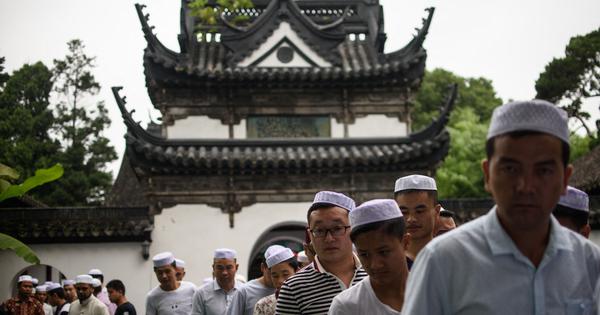The labyrinth of alleys and lanes in the old city of Suzhou hides a secret: historical fragments of the long history of Islam in China. Regular stories in the international press highlighting the treatment of Muslims in the Xinjiang Uighur Autonomous Region tend to obscure the fact that Islam was once highly regarded by Chinese emperors.
From written records and imperial edicts engraved on steles (standing stone slabs monuments), it is clear that these Islamic communities enjoyed the favour of the emperors – especially during the Tang (618 AD-907 AD), Yuan (1271-1368), Ming (1368-1644) and Qing (1644-1912) dynasties. Islam was looked on favourably by the imperial court because of its ethics, which – as far as the emperors were concerned – promoted harmonious and peaceful relations between the diverse peoples in the imperial territories.
Before the Panthay and Tungan rebellions in the second half of the 19th century in western China, when millions of Muslims were…
